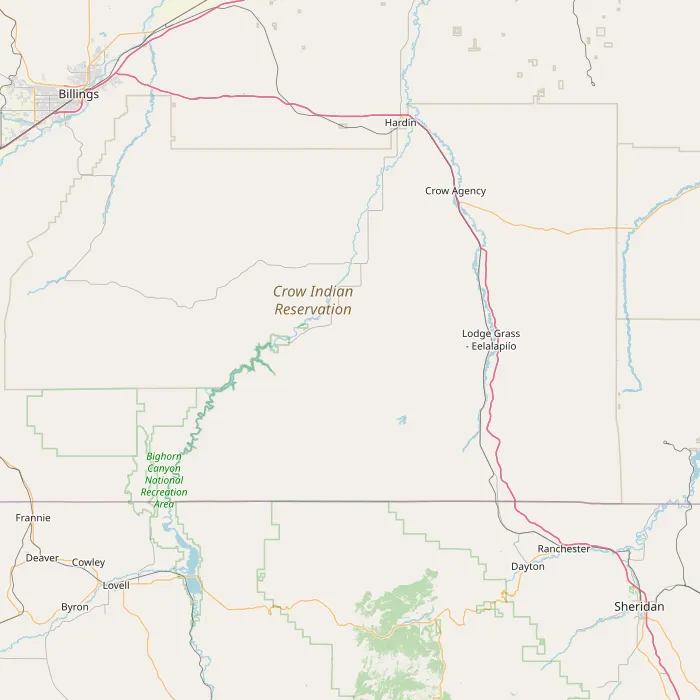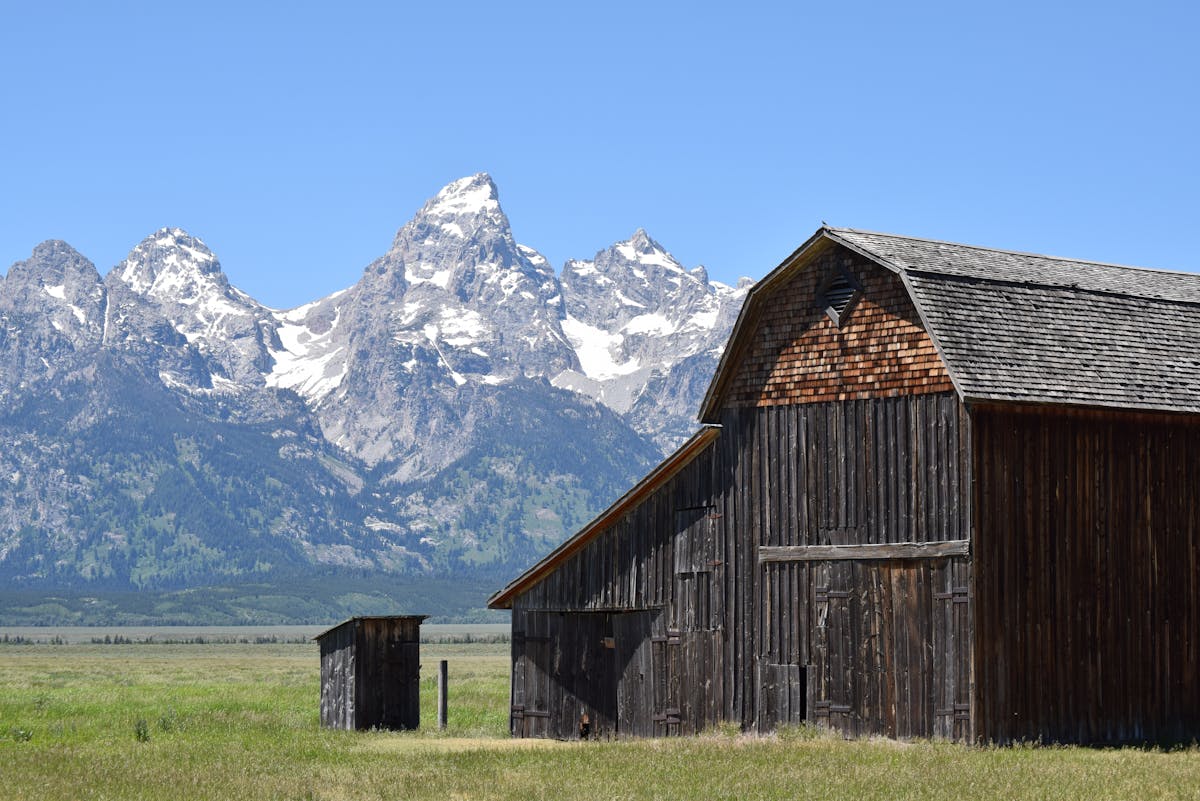Welcome, fellow travelers! As someone who loves exploring the world’s diverse landscapes and experiencing local cultures, I can tell you that understanding the climate of a destination is key to unlocking its full potential. Today, we’re focusing on the fascinating and varied Sheridan Wyoming Climate, nestled in the Big Horn Mountains foothills in the western United States. Far from being just numbers, the weather here dictates the rhythm of life, the available activities, and the sheer beauty you’ll encounter throughout the year. Let’s discover how the climate shapes your potential adventure in Sheridan.
Understanding the Sheridan Wyoming Climate
Sheridan sits in a high desert environment, heavily influenced by its proximity to the Bighorn Mountains. This grants it a semi-arid climate characterized by four distinct seasons, significant temperature swings, and relatively low precipitation compared to many other regions. The elevation plays a crucial role, leading to cooler temperatures overall and often receiving more snow than lower elevations in Wyoming.
 Geographical map showing locations of weather stations used for Sheridan Wyoming climate data
Geographical map showing locations of weather stations used for Sheridan Wyoming climate data
While statistical data provides a baseline understanding, the real story of the Sheridan Wyoming Climate lies in how it feels and impacts the experiences you can have. It’s a climate that demands preparedness but rewards visitors with stunning seasonal transformations.
Four Seasons in Sheridan: What to Expect
The beauty of the Sheridan Wyoming Climate is its clear definition across the year, offering unique experiences depending on when you visit.

Winter (December – February)
Winters in Sheridan are typically cold and snowy. Temperatures often drop well below freezing, especially at night. Snowfall varies year to year but is a common feature, transforming the landscape into a picturesque winter wonderland. While it can be chilly, sunny days are frequent, offering crisp, clear skies that are perfect for enjoying the snowy scenery.
Discover the Best Overnight Summer Camps in Texas
Your Ultimate Guide to Oktoberfest Los Angeles 2024
Discover the Best Things to See in Sarasota
Activities shift indoors or towards winter sports. Cozying up by a fire, visiting local museums, or enjoying the warm hospitality of restaurants and bars are popular. For those seeking outdoor adventure, the Bighorn Mountains offer opportunities for snowshoeing, cross-country skiing, and snowmobiling within a short drive, all defined by the winter Sheridan Wyoming Climate.
Spring (March – May)
Spring is a transition period in the Sheridan Wyoming Climate, often unpredictable. March can still feel very much like winter, with late-season snowfalls. As the season progresses, temperatures gradually warm, snow melts, and the landscape begins to green. You’ll encounter a mix of sunny, warm days and cooler, wetter periods.
This is a time of awakening. Rivers swell with meltwater, and early wildflowers begin to appear. It’s an excellent season for scenic drives as the mountains shed their heavy snowpack. Layering clothing is essential, as a spring day can start cool and become quite warm.
Summer (June – August)
Summer is peak season, thanks to the generally warm and pleasant Sheridan Wyoming Climate. Days are typically sunny and warm, with average high temperatures often in the 70s and 80s Fahrenheit (20s-30s Celsius). Evenings cool down considerably due to the elevation, making for comfortable sleeping and campfire weather.
This is the prime time for outdoor recreation. Hiking and fishing in the Bighorn Mountains are incredibly popular. The legendary Sheridan Wyo Rodeo, held in July, is a major highlight and is perfectly suited to the warm summer weather. While afternoons can occasionally bring thunderstorms, they are usually brief. The summer Sheridan Wyoming Climate draws visitors from far and wide.
Fall (September – November)
Fall is often considered one of the most beautiful times in Sheridan. The Sheridan Wyoming Climate provides crisp, clear air and comfortable daytime temperatures, while nights become increasingly cool. The surrounding Bighorn Mountains burst into vibrant colors as the leaves change, offering spectacular scenic drives and hiking opportunities.
Hunting season also begins in the fall, attracting many visitors. The transition from warm days to cold nights can be rapid, particularly in November. This season offers a final flourish of outdoor activities before the winter snows set in, making it a favorite for many who appreciate its unique charm.
Activities Shaped by the Sheridan Wyoming Climate
The activities available in Sheridan are intrinsically linked to the Sheridan Wyoming Climate. Summer is ideal for exploring the vast public lands, hiking trails, and fishing streams in the Bighorn Mountains. It’s also the perfect backdrop for outdoor events like the rodeo and local festivals.

Winter invites snow-based fun in the nearby mountains or enjoying the cozy, indoor atmosphere of downtown Sheridan. Spring and Fall offer excellent opportunities for scenic drives, wildlife viewing as animals become more active, and enjoying the transitional beauty of the landscape before or after the summer crowds.
Packing for the Sheridan Wyoming Climate
Due to the variability in the Sheridan Wyoming Climate, regardless of the season, packing in layers is always a smart strategy. Even in summer, evenings can be cool, and mountain weather can change rapidly.
Essential items include comfortable walking or hiking shoes, layers (including fleece or a warm sweater), rain gear, sun protection (sunscreen, hat, sunglasses – the sun is intense at this elevation), and insect repellent, especially for summer. If visiting in winter, heavy winter clothing, waterproof boots, hats, and gloves are a must.
Best Time to Visit Sheridan
The “best” time to visit depends entirely on your preferences and what you want to experience.
- For warm weather, outdoor activities, and the rodeo, summer (June-August) is ideal, capitalizing on the pleasant Sheridan Wyoming Climate.
- For stunning fall foliage and crisp air, September and early October are unbeatable.
- For snow sports and a cozy, festive atmosphere, winter offers its own unique charm.
- Spring can be beautiful but requires flexibility due to unpredictable weather.
Each season under the Sheridan Wyoming Climate offers a different lens through which to view this charming Wyoming town.
Frequently Asked Questions About Sheridan’s Climate
Travelers often have specific questions about what to expect from the Sheridan Wyoming Climate. Here are a few common ones.
Is Sheridan’s Climate Very Dry?
Yes, Sheridan has a semi-arid climate, meaning it receives relatively low precipitation throughout the year compared to more humid regions. This contributes to clear skies and can make fire danger high in summer.
How Much Snow Does Sheridan Get?
Sheridan receives a significant amount of snow during the winter months, with accumulations varying greatly year to year. The Bighorn Mountains nearby receive considerably more snow, making them a hub for winter recreation.
When is the Warmest Time of Year?
July is typically the warmest month in Sheridan, with average high temperatures reaching into the low 80s Fahrenheit (around 27-28°C).
The Sheridan Wyoming Climate is a defining characteristic of this town and its surrounding region. Understanding its rhythms allows you to plan an unforgettable trip, ensuring you’re prepared for whatever the weather brings and ready to embrace the unique beauty of each season. Whether you crave sunny summer adventures or a snowy winter retreat, Sheridan’s climate plays a starring role.
